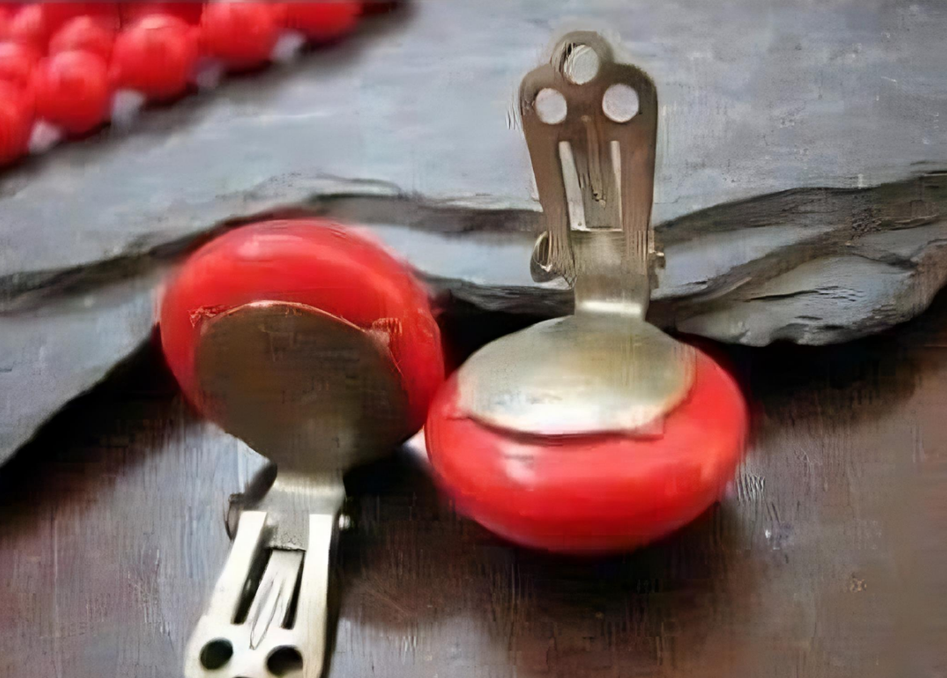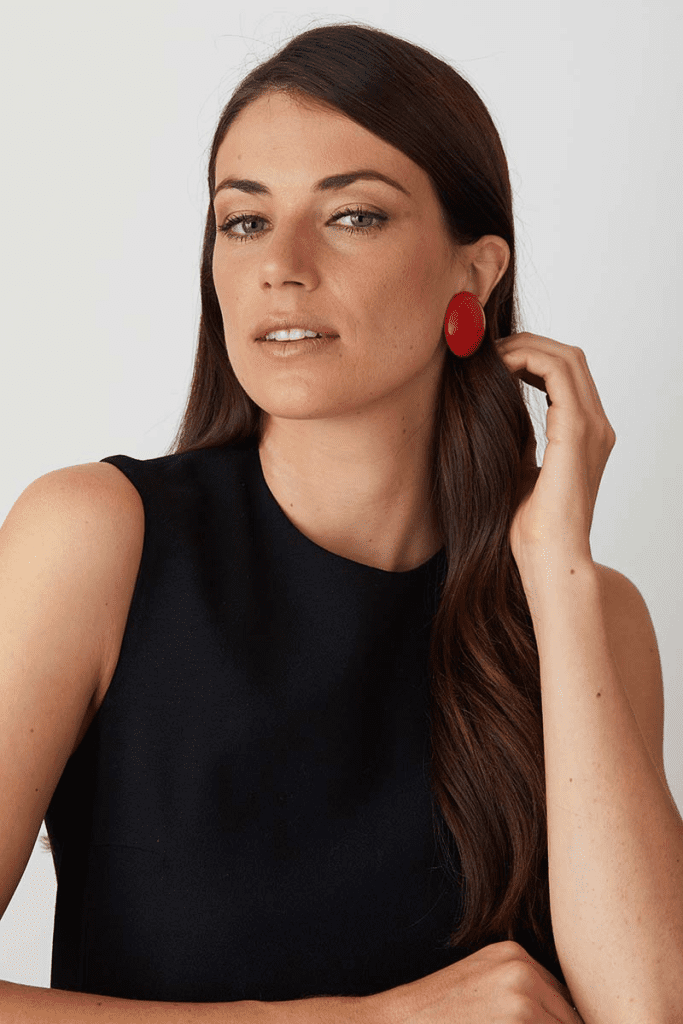The story of earrings begins in ancient times. Archaeologists have discovered earrings in royal graves in Iraq, dating back thousands of years. In the ruins of Byzantium, earrings were a common find, suggesting their widespread use. Even biblical texts make mention of powerful figures adorned with earrings, highlighting their importance as symbols of status and authority.

Across different cultures, earrings were more than just decorative items. Anthropological evidence suggests they were often used as symbols—indicators of rank, wealth, or affiliation with a particular group. However, in these ancient societies, pierced ears were typically reserved for the elite, with earrings for non-pierced ears being virtually unheard of.
The Renaissance: A Temporary Decline
Earrings didn’t appear in European fashion until the 16th century, and even then, they were far from ubiquitous. The elaborate wigs and high-collared clothing popular during the Renaissance often obscured the ears, making earrings a less essential accessory. While they did gain some popularity, their presence was fleeting as fashion trends shifted once again.
17th Century Revival: The Comeback of Earrings
The 17th century brought a significant change in fashion, with women beginning to wear their hair pulled back and collars becoming less restrictive. This shift allowed earrings to make a brief but notable comeback. However, as the 18th century dawned, the advent of bonnets and wide ribbons once again concealed the ears, pushing earrings out of the spotlight.
The Victorian Era: Pierced Ears vs. Societal Norms
The 19th century marked a turning point in the history of earrings. As women began to abandon bonnets and wear their hair up, earrings re-emerged. However, they faced a new challenge: societal disapproval. Victorian society considered piercing one’s ears to be vulgar, creating a dilemma for those who wished to wear earrings without sacrificing their social standing.

CONTINUE READING…
Author: awestories24.com





